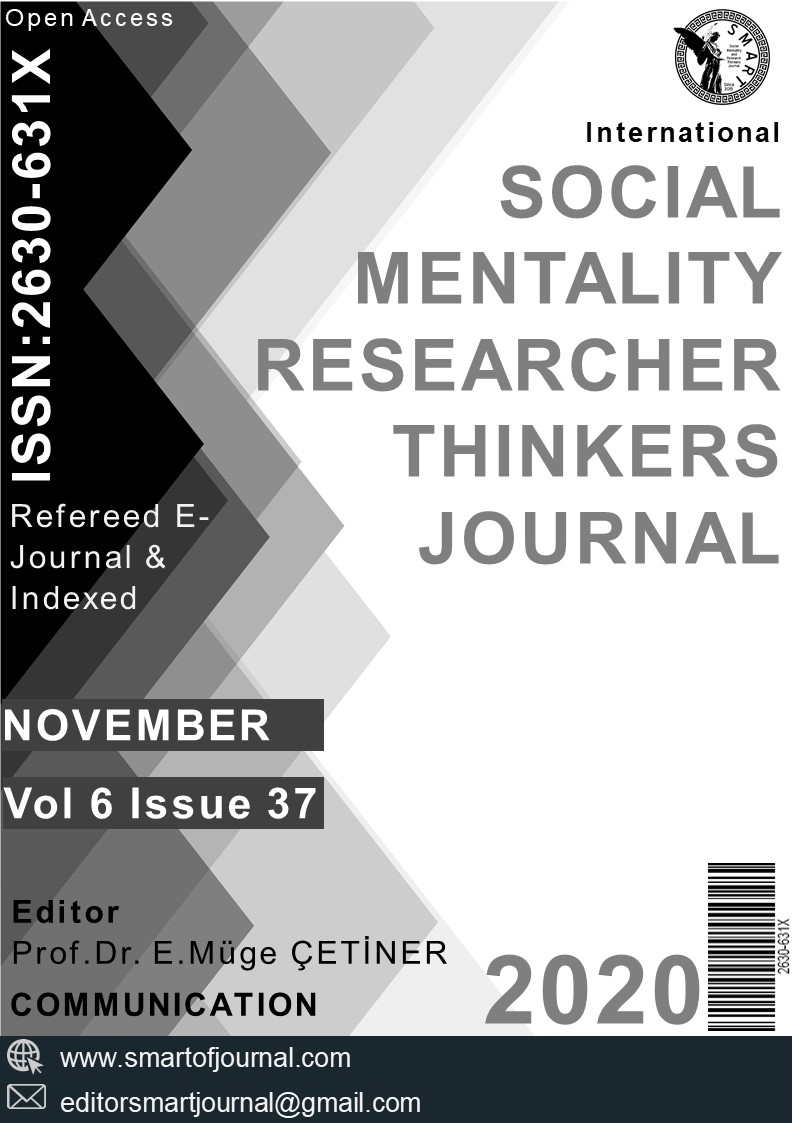Author :
Abstract
Araştırmada mimarlık bölümünün 2. sınıfındaki seçmeli dersde, mimarlık öğrencileri ile origami çalışmaları yapılmış, öğrencilerin disiplinlerarası bir yaklaşımla kağıt katlama ile, matematik ve mimari ilişkisi fark ettirilmiştir. Araştırmada, öğrencilerin mimari,-geometri ilişkisinin yapısal ve estetik açıdan görmelerinin sağlanması; origaminin mimariye yansımalarınnı incelemesi amaçlanmıştır. Araştırmada, mimarideki örnekler simetri türlerine göre toplanmış ve kategorize edilmiştir. Ayrıca,origami ile ilişkisi araştırmacılar tarafından hazırlanan tabloda verilmiştir. Origamiyi bir yöntem olarak kullanan mimarlık öğrencileri, üç boyutlu tasarım ve simetri dahil olmak üzere farklı tasarım ürünleri oluşturmuşlardır. Mimarlık öğrencileriyle bir veri toplama alıştırması yapmaya dayanan origami, zengin bir ilham kaynağı olduğunu kanıtlanmış ve geniş bir tasarım uygulamaları yelpazesinde yolunu açmıştır. Hatta yeni formların ve yöntemlerin keşfedilmesi sağlanmıştır. Çalışma sonunda, origaminin uzamsal konfigürasyonlar ve form bulma konusunda bilişsel deneyim kazanmak için bir arayüz sağladığı; origaminin, mimarlık derslerindeki pek çok olasılığın nasıl görselleştirileceğine ait ipuçları ve fikirler sağlamaya yardımcı olduğu sonucuna ulaşılmıştır.Çalışma sonunda, origami gibi uzamsal becerileri ve görselleştirmeyi içeren seçmeli derslerin artması önerilmektedir.
Keywords
Abstract
In the research, origami studies were made with the students of architecture in the elective course of the second year of the department of architecture, and the relationship between mathematics and architecture was realized with the paper folding with an interdisciplinary approach. Providing students to see the relationship between architecture and geometry in terms of structure and aesthetics; It is aimed to examine the reflections of origami on architecture. In the research, examples of architecture were collected and categorized according to symmetry types. In addition, its relationship with origami is given in the table prepared by the researchers. Using origami as a method, students of architecture have created different design products, including three-dimensional design and symmetry. Based on a data collection exercise with architecture students, origami has proven to be a rich source of inspiration and has paved the way for a wide range of design applications. Even new forms and methods have been discovered. At the end of the study, origami provides an interface to gain cognitive experience in spatial configurations and finding form; It has been concluded that origami helps provide tips and ideas on how to visualize many possibilities in architecture classes. At the end of the study, it is suggested to increase the number of elective courses that include spatial skills such as origami and visualization





